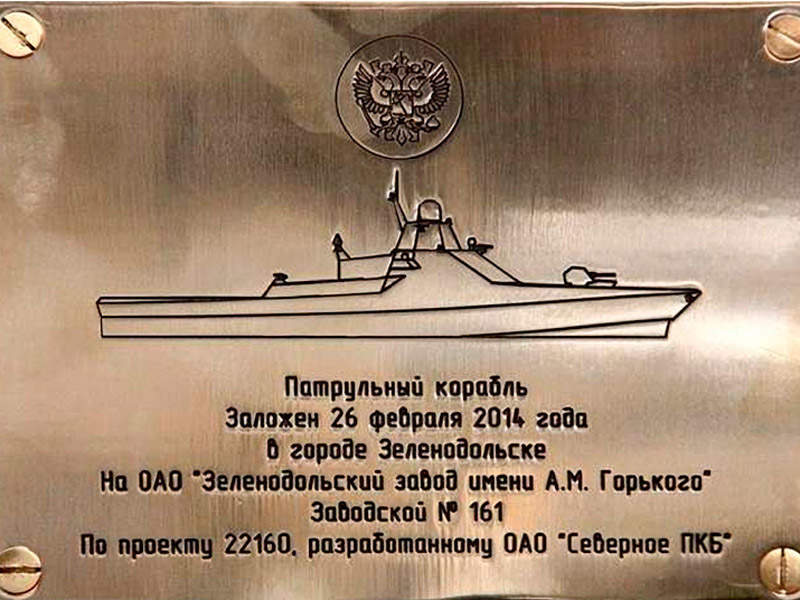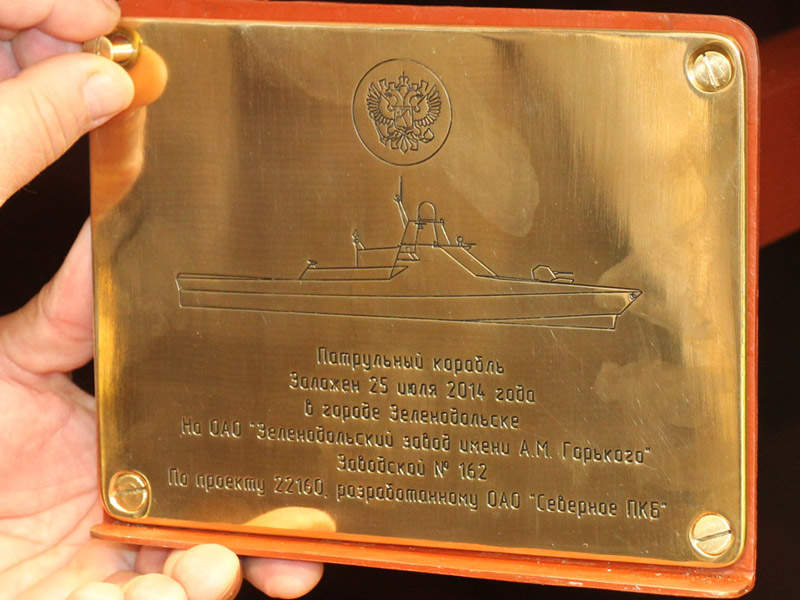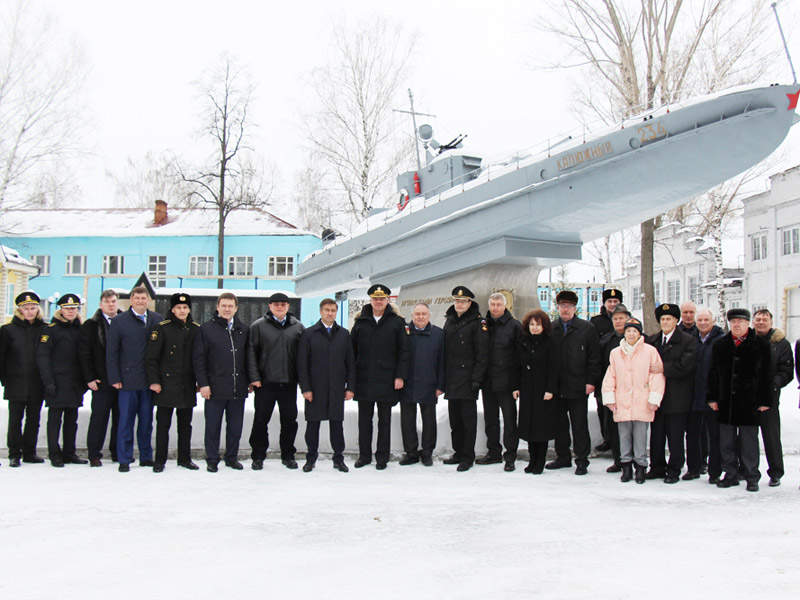JSC Zelenodolsk plant is building six patrol ships of the Project 22160 class that is named after AM Gorky and intended for use by the Russian Navy’s Black Sea Fleet command. The vessels are designed by Russian ship designing firm JSC Severnoye Design Bureau.
The vessels are primarily intended for patrol, monitoring and protection duties in the exclusive economic zone (EEZ) and territorial waters of Russia in open and closed seas. They can also be used to offer protection to ships in transit and water areas or naval bases in wartime.
Other missions of the patrol ships are search and rescue, assistance to disaster victims, environmental monitoring, and combating smuggling and piracy activities.
Construction details of Project 22160 class patrol ships
The keel for the lead ship in the Project 22160 class, designated Vasily Bykov, was laid in February 2014, and the ship is expected to be commissioned into the Russian Navy in 2017.
Construction on the second patrol ship in the series, named Dmitry Rogachev, began in July 2014. The keel laying ceremony of the third ship, designated Pavel Derzhavin, was held in February 2016.
Deliveries of all six vessels are expected for completion by 2020.
Project 22160 class design and features
Featuring a modular design, the Project 22160-class patrol ship is 94m long, 14m wide and 3.4m high. It has a standard displacement of 4,550t and can accommodate up to 80 personnel.
The vessel is equipped with a telescopic hangar and helicopter deck with facilities at the aft to enable take-off, landing and maintenance of one 12t rescue helicopter, such as a Kamov Kа-27 PS. An inflatable boat can be carried for patrol and transportation tasks.
Armament of Project 22160
The Project 22160-class is armed with one 57mm А-220М naval artillery weapon on the bow of the main deck. With a rate of fire of 300rpm, the gun is designed to defeat air, surface and coastal targets. Two 14.5mm heavy machine guns are mounted on the bridge deck.
The ship is also equipped with two DP-65 grenade launchers and one Gibka air defence missile turret mount, armed with eight Igla man-portable air defence systems. It is optionally offered with one Club-N integrated missile system as well as one Shtil-1 air defence system with two 3S90E.1 modular launchers.
Countermeasures
The on-board PK-10 close-range decoy dispensing system offers protection against electro-optical guided weapons and radars. A TK-25 ship-based electronic countermeasure system is used to deceive sonar, radar and lasers.
Navigation and communications
Fitted atop the bridge, a Pal-N shipborne navigation radar is used to scan, detect, identify and track air or surface targets for safe manoeuvring. A Pozitiv-ME1 air / surface flat phased array search radar, also located on the top of the bridge, is designed for the detection and tracking of air and surface targets.
An on-board Pallada sonar system detects and tracks divers, while a Vinyetka-EM active / passive sonar system detects surface ships, submarines and torpedoes. The ships are also fitted with an MGK-335EM-03 sonar system on the hull.
Propulsion and performance of the patrol vessels
The Project 22160-class is driven by a combined diesel and gas (CODAG) type propulsion system with a total output power of 25,000kW. Electrical systems installed in the ship include four 300kW diesel-generators and one 100kW emergency and harbour diesel generator.
The patrol and maximum speeds of the ship are 16k and 30k, respectively. The ship has a cruising range of 6,000 miles at patrol speeds and an endurance of 60 days.











